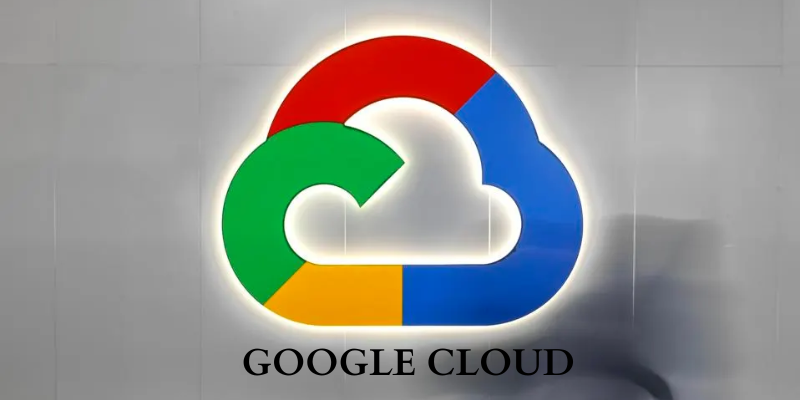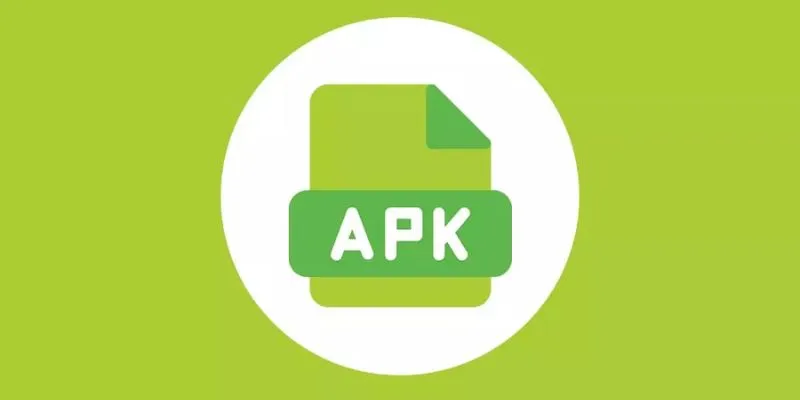In today’s data-driven world, businesses face challenges in managing and processing vast amounts of data to extract valuable insights. Big data workflows are critical to ensuring efficient and seamless data processing, analysis, and storage. Google Cloud offers a wide range of tools and services that help organizations optimize big data workflows, making them faster, more reliable, and scalable.
In this blog, we will explore how to optimize big data workflows with Google Cloud, focusing on key services like Google BigQuery, Dataflow, Dataproc, and Pub/Sub. We will also highlight the importance of proper architecture, automation, and cost management to ensure optimal performance. To learn more about optimizing big data workflows in real-time, consider enrolling in Google Cloud Training in Chennai or explore Google Cloud Online for remote learning options.
1. Leverage Google BigQuery for Efficient Data Analysis
Google BigQuery is a serverless, highly scalable, and cost-effective cloud data warehouse designed for analytics. BigQuery is ideal for querying large datasets in seconds without managing infrastructure.
- Optimizing Query Performance: To improve the performance of your queries, use partitioned tables and clustering to reduce the amount of data scanned. By filtering data by time or other columns, you can minimize query costs and improve efficiency.
- Materialized Views: Use materialized views to store precomputed results of queries, reducing the need for repetitive, expensive computations.
- Cost Management: BigQuery follows a pay-as-you-go pricing model. Optimizing your data storage, reducing unnecessary queries, and archiving infrequently accessed data can significantly reduce costs.
2. Automate Data Processing with Google Dataflow
Google Dataflow is a fully managed, real-time data processing service that allows you to build data pipelines for batch and stream processing.
- Unified Batch and Streaming: Dataflow supports unified batch and stream processing, so you can build pipelines that process real-time data while handling historical data seamlessly.
- Autoscaling: Dataflow automatically scales resources based on the workload. You don’t need to manually adjust the number of workers, as Dataflow dynamically allocates them as per demand.
- Windowing and Triggers: Dataflow’s windowing feature enables efficient processing of data streams. By setting up appropriate windows and triggers, you can aggregate and analyze streaming data efficiently, reducing processing time.
3. Streamline Data Ingestion with Google Pub/Sub
Google Pub/Sub is a messaging service that enables real-time ingestion and distribution of event data. It is particularly useful for building event-driven architectures and streaming data workflows.
- Real-time Data Ingestion: Pub/Sub allows you to ingest and distribute event data in real-time, which is essential for applications like log analytics, fraud detection, and recommendation engines. For professionals looking to gain expertise in real-time data processing and analysis, enrolling in a Google Cloud Online Training can help you master these skills.
- Scalability and Reliability: Pub/Sub can handle massive amounts of data and scale automatically, making it a powerful tool for handling data streams in big data workflows.
- Integrating with Dataflow: When used with Google Dataflow, Pub/Sub provides a robust solution for real-time data processing and analytics. You can set up streaming pipelines that process incoming data in real-time, providing actionable insights without delay.
4. Cost Optimization and Performance Monitoring
Optimizing big data workflows isn’t just about the tools you use—it’s also about managing costs and performance effectively. Google Cloud offers several features that help in monitoring and optimizing your workflows:
- Cloud Monitoring: Google Cloud Monitoring provides real-time insights into the health and performance of your big data workflows. You can set up alerts for when resources exceed predefined thresholds or when there’s an unexpected increase in query costs.
- Right-Sizing Resources: Use Google’s recommendations for right-sizing your virtual machines, storage, and compute resources to avoid over-provisioning and to minimize costs. For those interested in honing their skills, a React JS Training in Chennai can offer hands-on training in data visualization.
- Reserved Instances: If you have predictable workloads, consider using reserved instances to lock in lower prices for a longer period.
5. Integrating with Visualization Tools like Power BI
Once your data is processed, visualizing it is crucial for making informed decisions. You can integrate Google Cloud with popular visualization tools like Power BI to create real-time dashboards and reports.
- Power BI Integration: Google BigQuery can connect seamlessly with Power BI, enabling you to create powerful, interactive dashboards from your big data.
- Data Visualization Best Practices: Using tools like Power BI, you can effectively present complex data in a user-friendly format.
Whether you’re a data engineer, a UI/UX designer interested in data visualization, or someone eager to dive into cloud computing, learning these skills through a UX UI Designer Course in Chennai , will help you stay ahead in the industry. You can also explore Google Cloud Online for flexible learning options.



